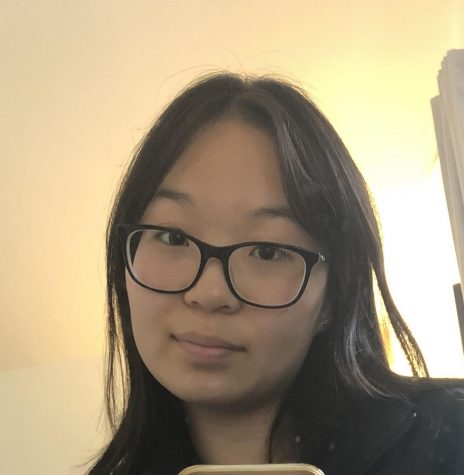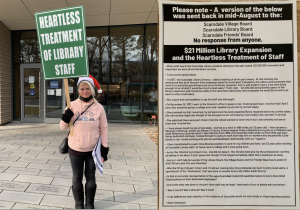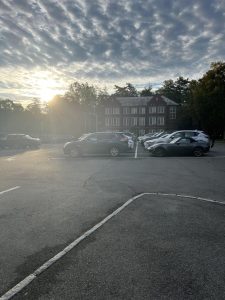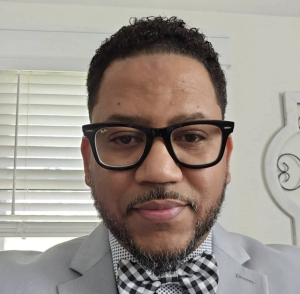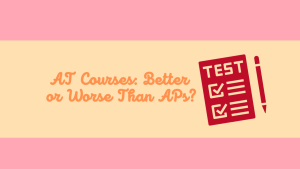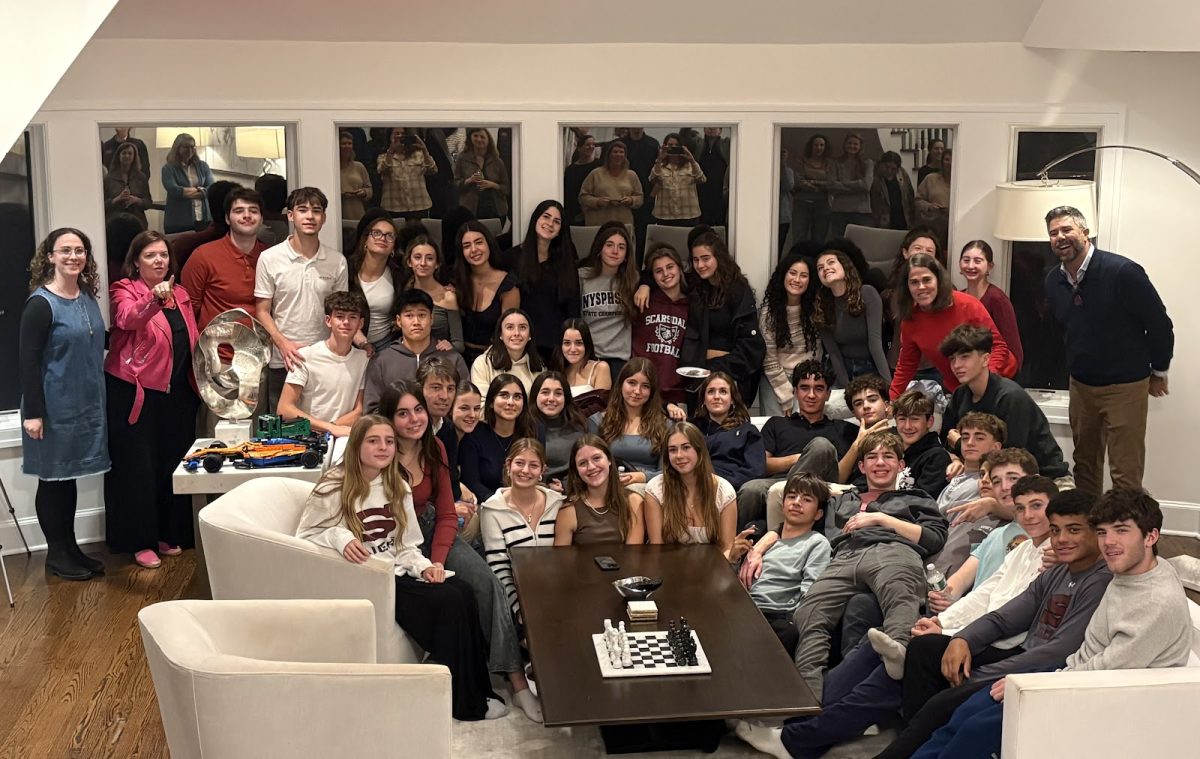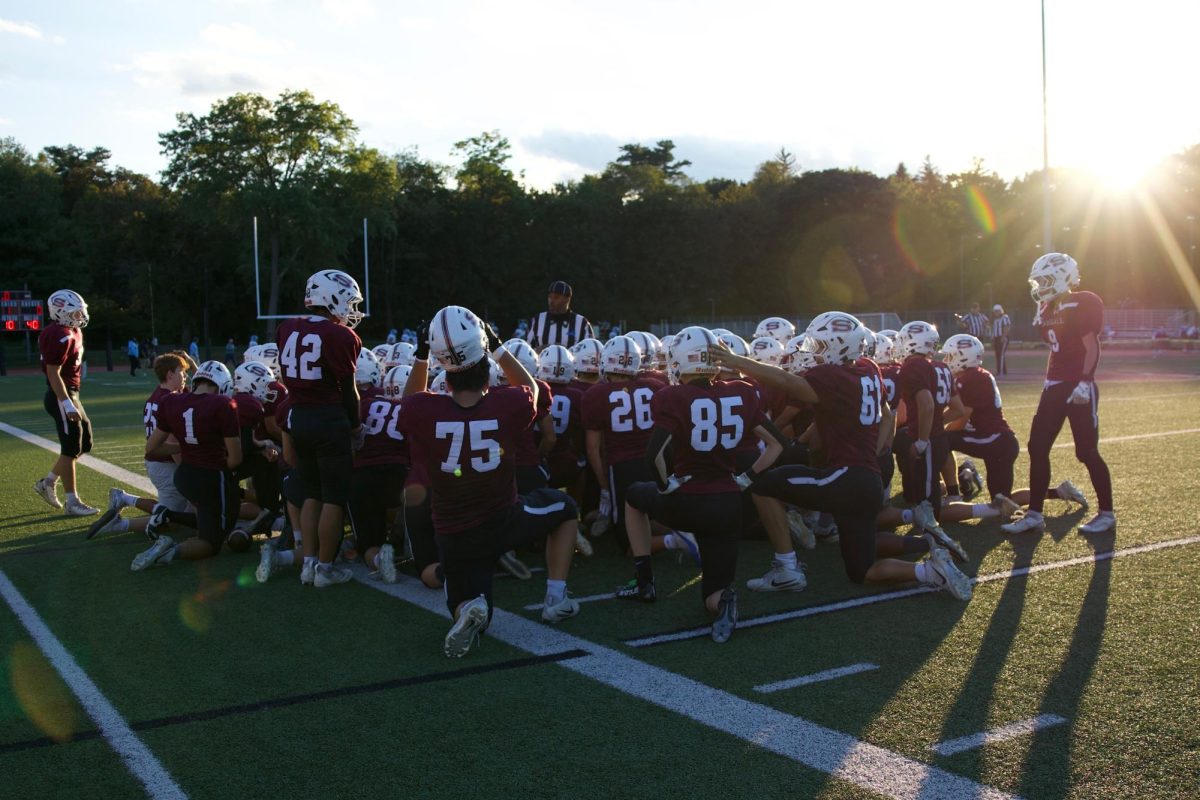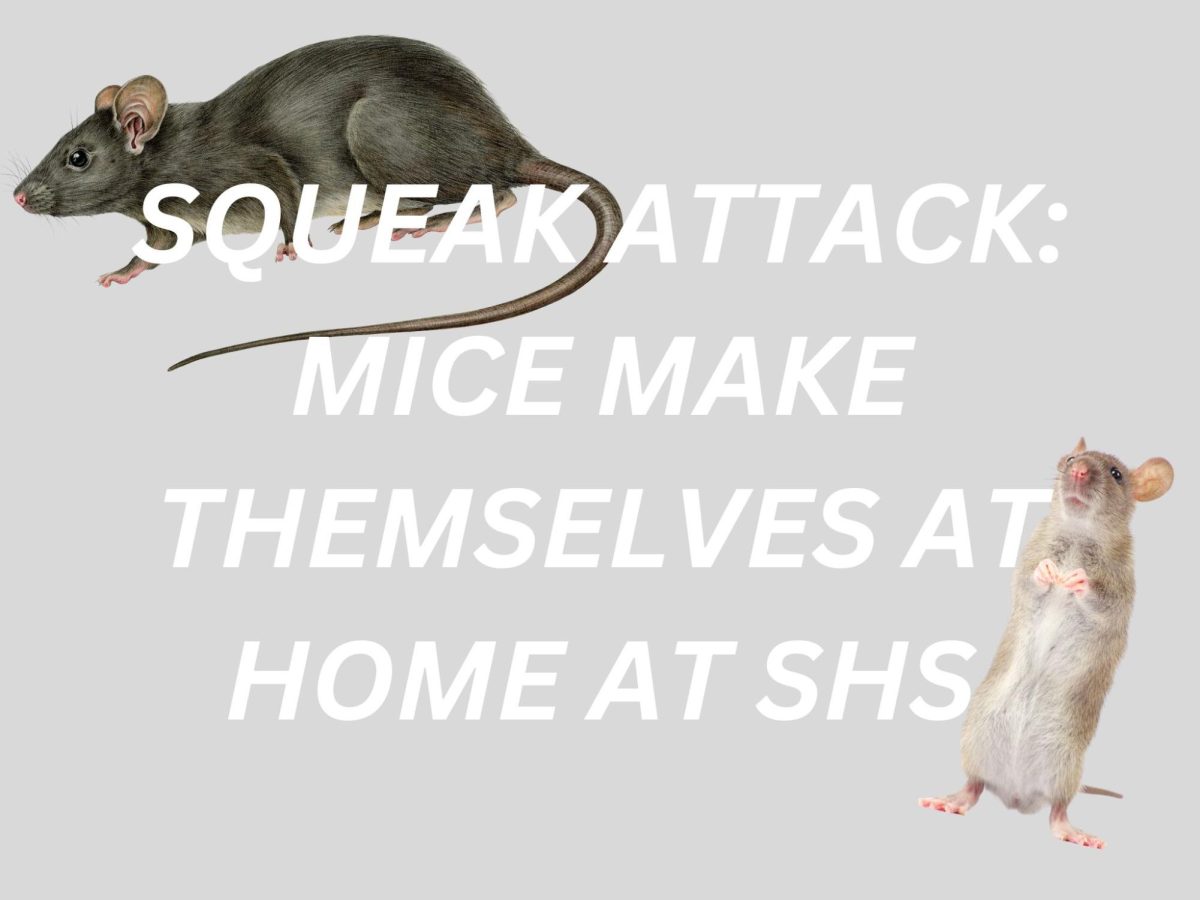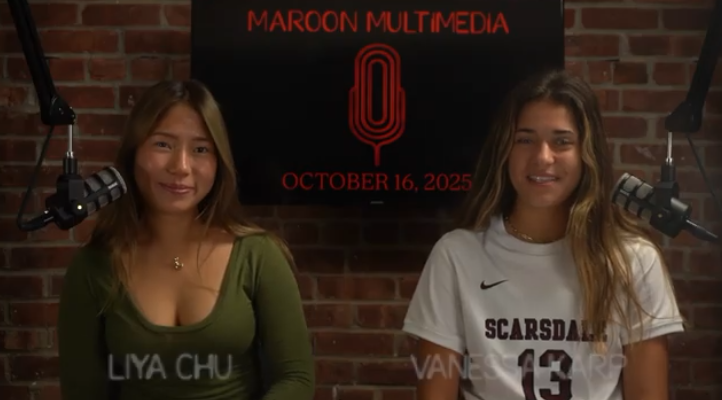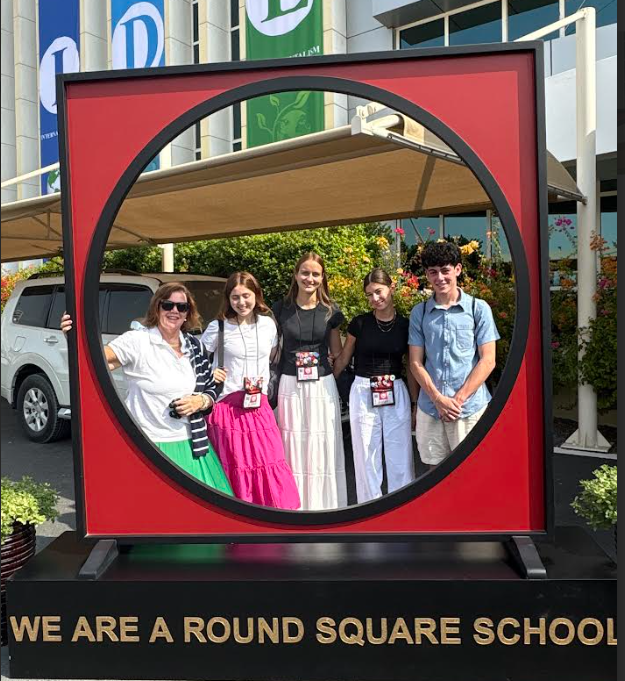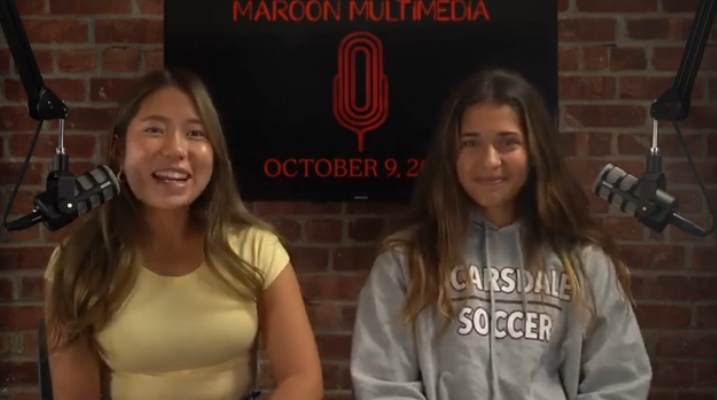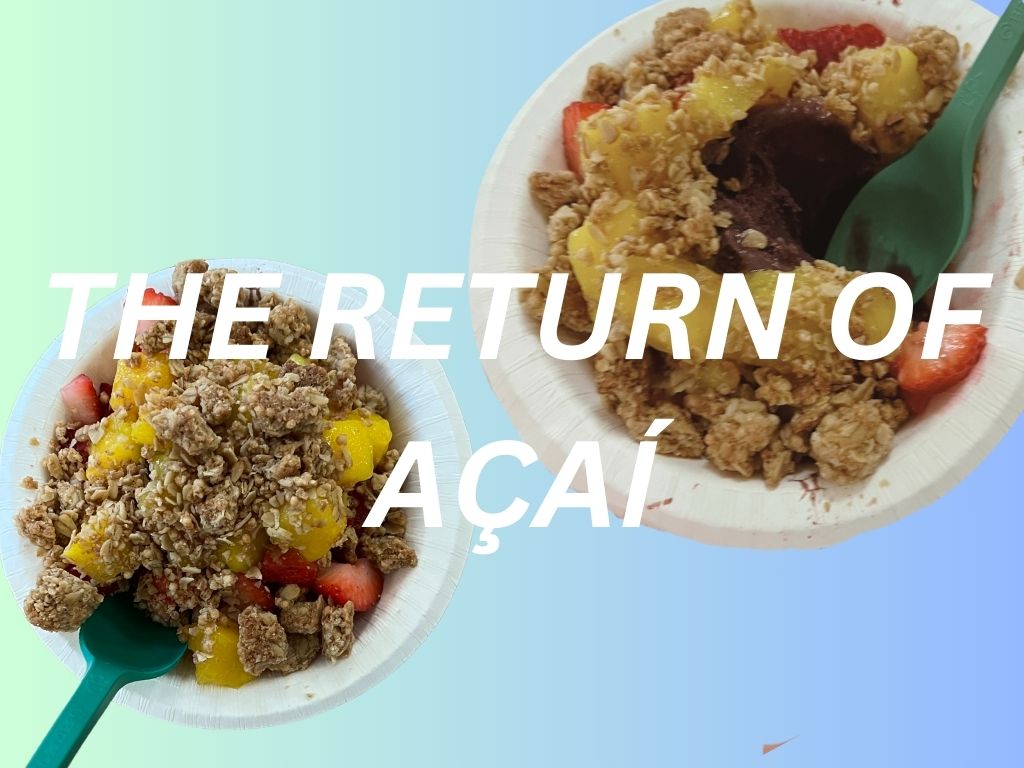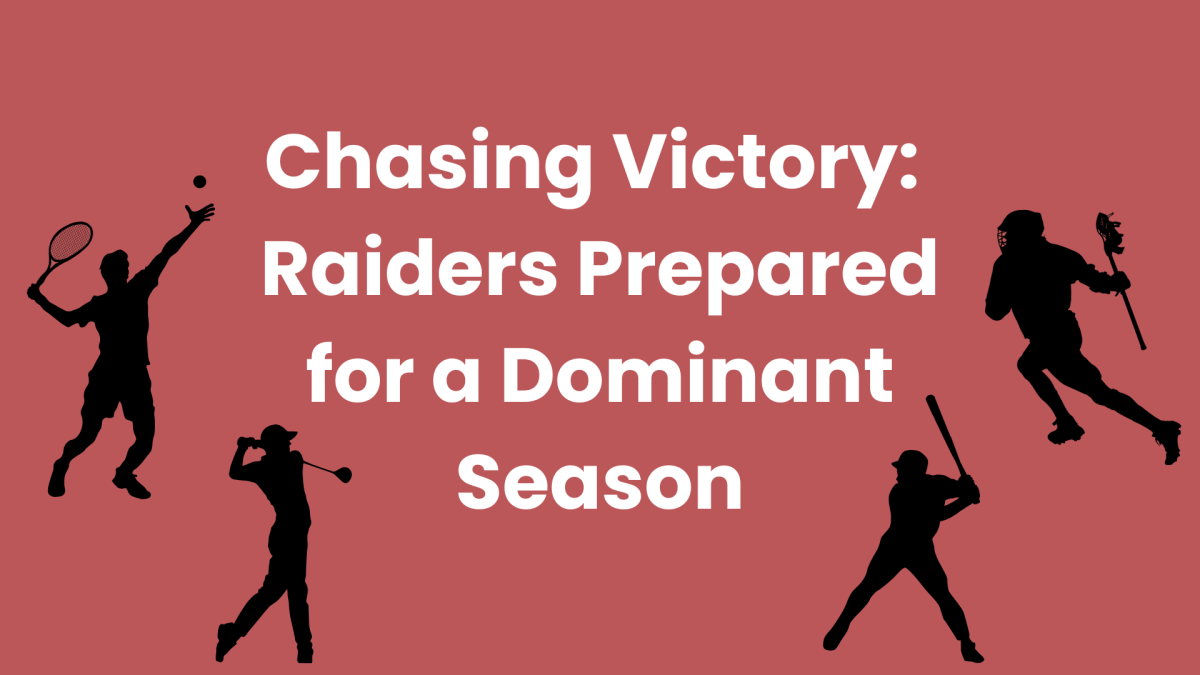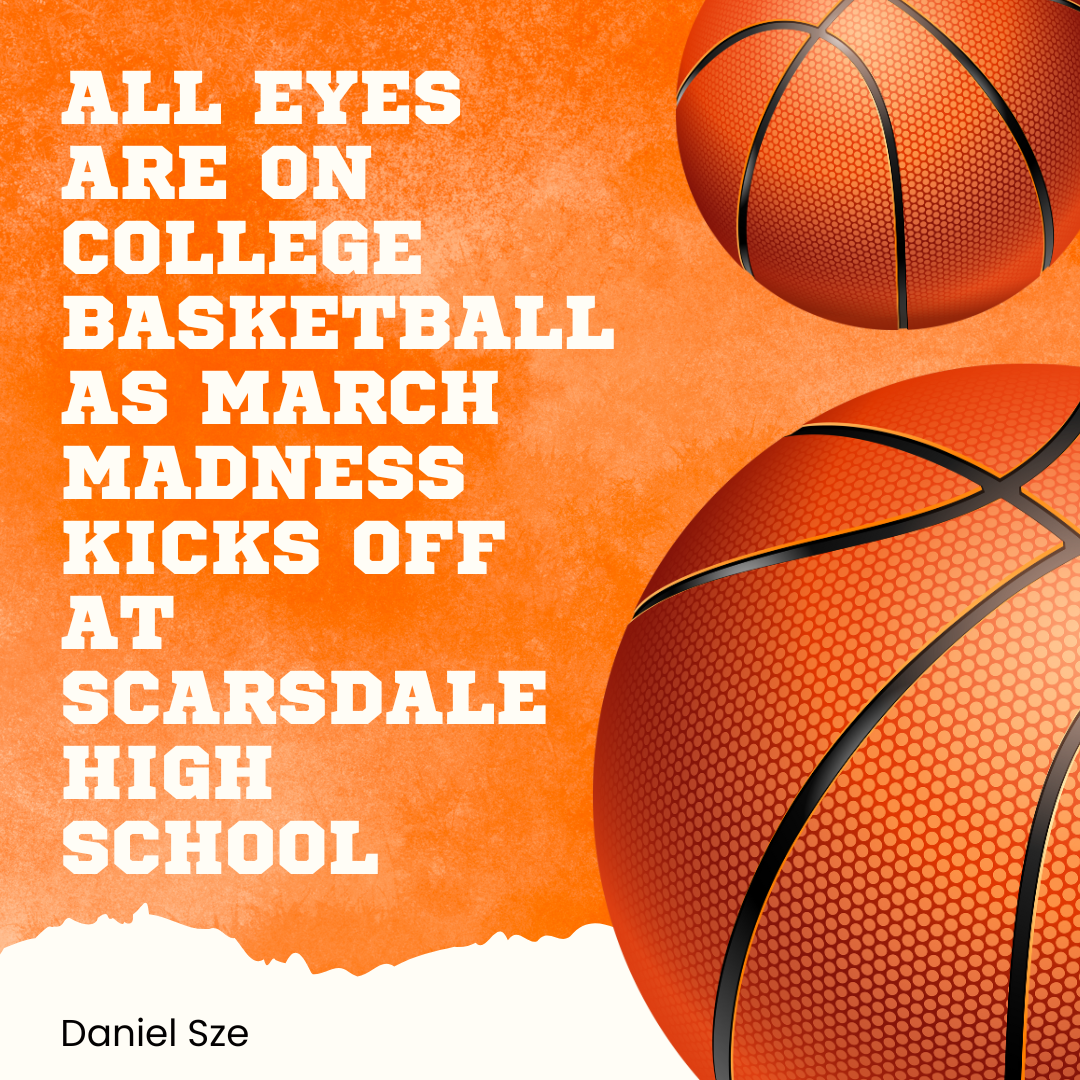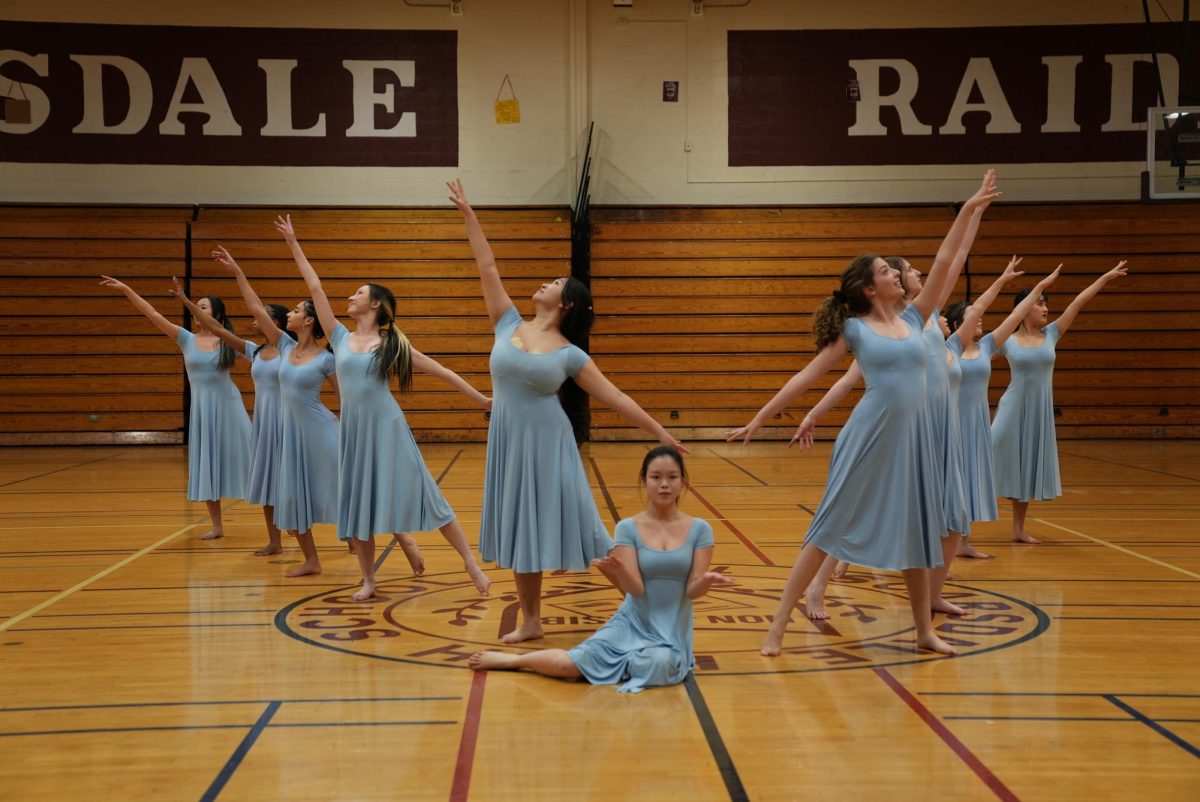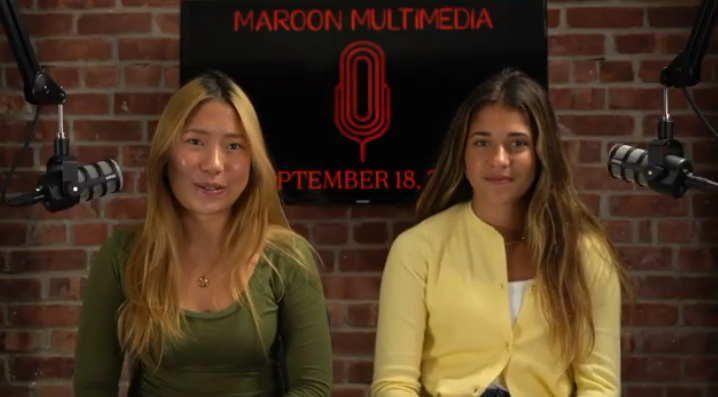Discussion of April 19 Schedule Featuring Principal Bonamo: Pandemic Podcast Ep.7
March 12, 2021
Episode 6 of the pandemic podcast series features a special interview with Scarsdale High School Principal Kenneth Bonamo to shed light on the change to max capacity learning on April 19th. To check out some of our earlier podcasts, go to SHSMaroon.org or download our app from the student news source.
M: Hi Mr. Bonamo, how are you?
B: I’m good, I’m good.
M: Thank you so much for doing this interview. I know everybody’s been really busy lately.
B: Yep, that’s fine. Happy to help.
M: Yeah. And so for our first question, can you just summarize for our listeners, basically what the new schedule means for the average SHS student and what would be the major changes in our daily and weekly schedules?
B: So the schedule we’ve been using as of today is really the schedule we’ve been using all year. Just all the classes are offered in person. And so instead of going home in the middle of the day for zooms, students and teachers students and teachers stay in and continue having the classes on their schedule in person.
M: Right, and speaking in terms of the April 19 complete reopening plan, would that mean that both cohorts are basically doing what we’re doing now, so we’re staying in school all day, and that’s both cohorts at max capacity?
B: That’s correct, the question–there is an open question as to how the schedule will look, whether we would go back to our traditional, pre-pandemic schedule or whether we would keep some version of the current schedule we’re using.
M: I see. And in my classes today at least, we were talking about the Board of Education meeting that’s planned for tonight and so is that just the plan? We’re going to discuss what the school community would prefer?
B: Well, what I’m going to do is ask the members of the restart Committee to talk through the pros and cons of either choice, you know, keeping some version of the current schedule or going back to our traditional schedule. I will tell you that early informal feedback from teachers is to go back to our traditional schedule.
M: So that means Wednesdays will be in school and all the classes will be about 50 minutes long?
B: Correct.
M: I see. And what would you say then, are some of the main goals in the decision-making process, like is that part of a grand reopening plan or is that more like so we can ease into next year, when we are going to be full capacity?
B: I think it’s a little bit of both. I think that there has been an overarching goal all year–to do more as soon as it was clear that it was safe to do more and so, obviously in the middle of winter–December, January–we saw a tremendous amount of an increase in the infection rate, and we saw a lot of students going remote, there were a lot of quarantines going on. People were understandably very anxious. As the time passed, now we’re in the middle of March. The infection has gone way down, quarantines are minimized, and we hope that many people are getting vaccinated. If all those trends continue, certainly we will be in a very good place, so we wanted to do more as soon as we could. And to your second point, yes, we also want to kind of re-establish what our typical schedule looks like so that students and teachers are familiar with it when we open in the fall.
M: I see, and so as for the physical safety of students during the pandemic, you know, a lot of people are going to be understandably concerned about the relaxed social distancing that’s in our classrooms. And what would you say are like some of the things that the school is adding to our classrooms to try and reduce toxins spreading in the air, especially if people are sitting closer together?
B: Yeah, that’s a good question, so the current guidance is that we have allowed–well, it requires students and teachers to be masked. And it requires, in addition to the masking: either distancing of 6 feet, which is what we have now; or distancing of three feet with polycarbonate barriers. So we’re going to add barriers to all the desks and put more desks in the room.
M: I’m definitely seeing that, especially personally I am a virtual student, but having been on the Model UN team when I went to the iLab for our recent conference, there were the polycarbonate shields set up and I think that was definitely something that we will have to get used to. Also in terms of lunch time, because that can be a big concern, right now, we’re seeing that people are eating outside and it’s just one cohort at school at one time eating lunch. What would you say are the added challenges if the whole school, max capacity, is at school eating lunch? Will there be additional challenges then?
B: Well, sure, it’s gonna hit a challenge of capacity, so you know today was our first day with lunch in the building all year. We have set aside the auditorium, the cafeteria, the Learning Commons, and the Brewster Rd Commons, for lunch. I will say that there seemed to be plenty of excess capacity because I think a very high number of students are eating their lunch outside.
M: I see.
B: And so what we’re going to do is over the next few weeks we’re going to monitor usage patterns of these spaces to see that if there’s enough space where we could, you know, essentially double the students assigned to those areas. There actually might be capacity to double it without having to add space. If there’s not, we’ll have to look at taking a large space like the gym or the wrestling room to help with capacity.
M: As you mentioned, I imagine that most students will eat lunch outside or off campus, and do you potentially see a risk that students may be exposed to contaminants off campus, for example in a restaurant, or–and then bring them into classes afterwards?
B: You know, I think there’s a risk in doing anything, you know, regarding eating with others and the fact of the matter is that–we are trusting students to make smart choices that are in line with their own level of concern, their families’ level of concern, conversations they’ve had with their parents. And to your point about, you know, going to a restaurant, I think that you know, let’s be honest. There are families who are very COVID cautious. And there are families who have been not so worried and who have been doing all kinds of activities on the weekends that may have a higher risk level. And I think, you know, the lunch question is just part of a much bigger matrix of decisions that people are making, so we want to provide a safe option in school. And we also want to acknowledge that in adolescence, you know, the students have to make decisions that are right, for them. Is it an elevated risk? Overall, perhaps, but I think, you know, seeing how students were so observant of all the requirements we put in this year, all the protocols, even today, when they were eating lunch, they were very conscious of putting their masks back on, recording their seat and so forth. I believe our students, by and large, are making the right choices for now.
M: Yeah, definitely. And speaking of that, I don’t know if this is actually part of something that you would be deciding, but do you know if potentially we went back to the normal schedule then that would clear up a lot of concerns about testing? You know, at the end of the school year there has been a lot of uncertainty regarding finals and regents and all of that. And do you think that if we did go back to full capacity and then the pre-COVID schedule, that essentially would go back to normal as well?
B: Yes, you know we have and will continue to have students like yourself, who are remote on virtual only because of health concerns or family decisions, and so you know, once you have a test that’s administered, you know, both virtually and in person, there is a question about test security, but I think with more students in school, taking the test in the classroom, those issues–although still present–will be less of a concern.
M: What is–overarching–a normal amount of positive cases that the administration can handle and think that the system can withhold, and how many positive cases a day, would you think, could bring us back to the cohort or even virtual only system?
B: No, that’s a very good question, and frankly, it’s not for me to answer. We have been taking direction from, you know, the CDC guidance, the New York state Department of Health, guidelines that the governor has said, the country executive–and those targets have changed over time. I think that, with the prevalence of the vaccine, the fact that we know a lot more about the disease than we did a year ago, I think there’s a comfort level with maybe a higher level of infection than there was 12 or even 6 months ago. I’m not in a position to say “at this percent we will close, at this percent we would go hybrid”. All of these decisions are made, integrating the guidance we receive from the authorities above us, who are really setting the framework to make those decisions. So I know that the decisions that we’re making are within the guidelines.
M: That’s good to hear. Thank you so much for taking time out of your day, and helping us do this podcast.
B: No, I’m happy to, and I’m very excited to see so many kids coming to school, and that’s certainly what we want–we want students who need to be at home to be as engaged as possible, but we also want the in-school experience to be as enriching as it can be, and keeping it as safe at the same time, and we’re able to do that, so it’s been a good day.
M: Thank you so much for doing all this work to make sure that our school is secure, and that our learning experience is the best it can be.
B: I appreciate that acknowledgement. Thank you so much, and good luck with your story.
M: Thank you!

